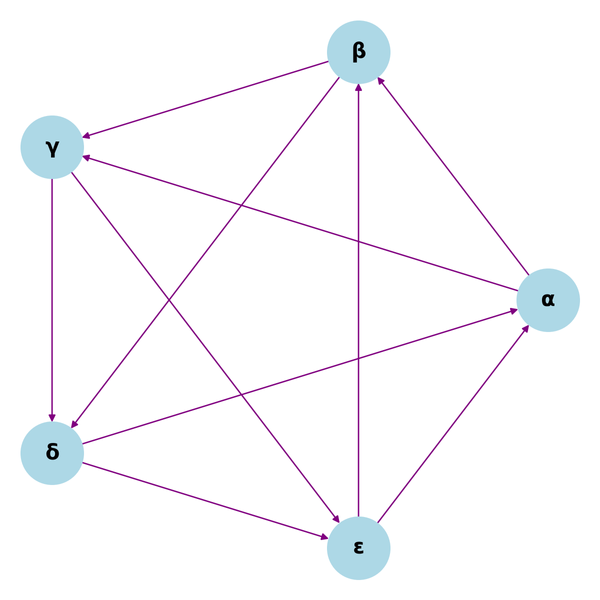Google JAX vs PyTorch vs TensorFlow: Which is the best framework for machine learning?
Google JAX is a powerful framework for machine learning that offers many benefits over other popular frameworks such as PyTorch and…

Google JAX is a powerful framework for machine learning that offers many benefits over other popular frameworks such as PyTorch and TensorFlow.
Introduction
Google JAX is a new open-source framework for machine learning that allows you to use Python and NumPy to create and train neural networks. JAX is similar to other popular frameworks such as PyTorch and TensorFlow, but it has some unique features that make it a good choice for certain tasks. In this article, we’ll take a look at what JAX is, its unique features, and how it compares to other frameworks.
What is JAX?
JAX is a framework for machine learning that allows you to use Python and NumPy to create and train neural networks. JAX is similar to other popular frameworks such as PyTorch and TensorFlow, but it has some unique features that make it a good choice for certain tasks.
JAX is based on the concept of “function transformations”. This means that you can define a function, and then JAX will automatically compute the derivative of that function. This is useful for training neural networks, because it means that you don’t have to write the code to compute the derivatives yourself.
JAX also has a feature called “automatic parallelization”. This means that JAX can automatically parallelize your code across multiple CPUs, GPUs or TPUs. This can be useful for training very large neural networks.

Automatic Differentiation
One of the most unique features of JAX is automatic differentiation (AD). AD is a technique for efficiently computing the derivatives of functions. This is useful for a variety of tasks, such as optimizing neural networks and training machine learning models.
AD is typically performed using reverse-mode differentiation, which is a way of computing derivatives that is well-suited for deep learning. JAX implements reverse-mode differentiation using a technique called trace-based reverse-mode differentiation. This technique is similar to the one used in the popular TensorFlow framework.
Just-in-time Compilation
JAX also includes just-in-time (JIT) compilation, which is a technique for compiling code on the fly. JIT compilation can be used to improve the performance of numerical code, such as the code used in deep learning.
JAX uses a JIT compiler called XLA, which is also used by TensorFlow. XLA is a high-performance compiler that is able to optimize code for a variety of architectures, including CPUs, GPUs, TPUs, and custom hardware accelerators.
Memory Management
JAX includes a number of features that help to manage memory usage. These features are particularly important for deep learning, which can require a large amount of memory.
JAX includes a number of memory management features, such as automatic garbage collection and reference counting. These features help to ensure that memory is freed when it is no longer needed.
Comparison with Other Frameworks
JAX is similar to other frameworks such as PyTorch and TensorFlow, but it has some unique features that make it a good choice for certain tasks.
JAX is more flexible than PyTorch and TensorFlow because it allows you to define functions and then automatically compute the derivatives of those functions. This can be useful for training neural networks because you don’t have to write the code to compute the derivatives yourself.
JAX is also more efficient than PyTorch and TensorFlow because it can automatically parallelize your code across multiple CPUs, GPUs or TPUs. This can be useful for training very large neural networks. In addition, JAX is designed to be used as a drop-in replacement for NumPy, which makes it easier to use for many applications.
Conclusion
JAX is a framework for machine learning that allows you to use Python and NumPy to create and train neural networks. JAX is similar to other popular frameworks such as PyTorch and TensorFlow, but it has some unique features that make it a good choice for certain tasks. In this article, we’ve taken a look at what JAX is and how it compares to other frameworks.
If you want to stay up-to-date with the latest insights in Artificial Intelligence, DevOps, Cloud, Linux, Programming, Blockchain, Productivity, and more, subscribe to my Weekly Newsletter. You’ll also get access to my tutorials, tips, and guides, as well as resources from other experts in these fields. So check out my website, Narasimman Tech, and subscribe to my newsletter today!
Follow me on Twitter and GitHub!
Additional Resources:
Google JAX:
TensorFlow:
PyTorch:


